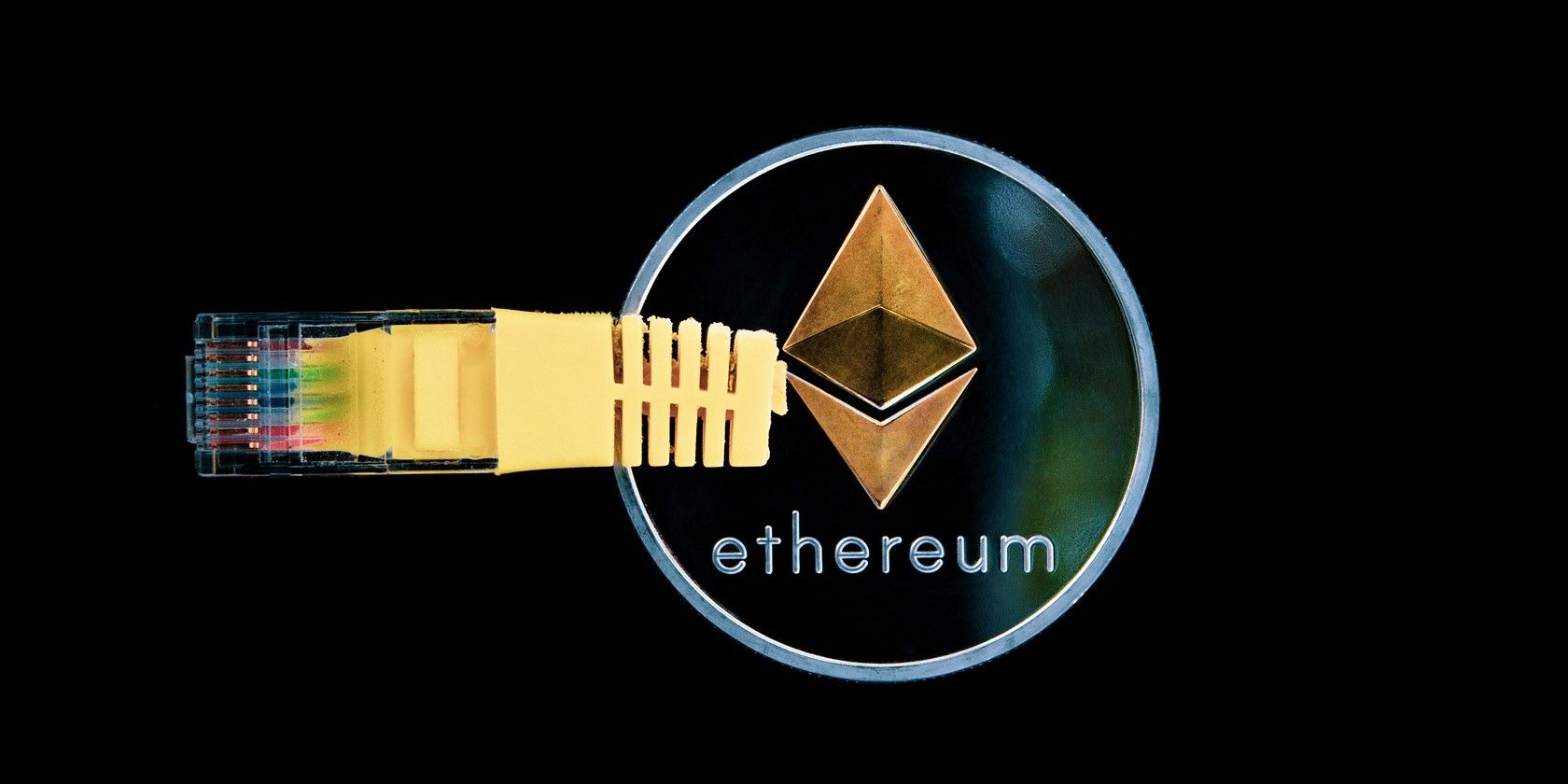The most talked about crypto event of 2022 happened on the 15th of September, the landmark moment when Ethereum transitioned from the proof of work (PoW) to the proof of stake (PoS) consensus algorithm.This event, known as the Merge, is a large part of the Ethereum vision which is a series of planned upgrades that are on course to be finished by 2024.Change always comes with new possibilities, questions, and opportunities. The Merge wasn't any different. Here are five reasons why the Merge is great for Ethereum and crypto as a whole.
1. Ethereum Has Become Energy Efficient
The Merge transitioned Ethereum's consensus protocol from a proof of work (PoW) algorithm to a proof of stake (PoS) algorithm. Consequently, Ethereum's energy consumption rate is projected to reduce by about 99.95%, translating to an estimated 110 TWh of annual energy savings (110 billion kilowatt-hours).
The previous proof of work algorithm required significant computing power, as miners competed to add new blocks and mint new currency, with each miner experiencing a success rate proportional to their computational effort. More computing power translates to more blockchain success on proof of work.
All of those powerful computers working together daily required vast amounts of power. As a result, Ethereum's energy consumption peaked during the height of the crypto bull market at about 94 TWh/yr. Before the switch to proof of stake, it was closer to 60 TWh/yr, comparable to that of Uzbekistan, with a carbon emission equivalent to that of Azerbaijan (33 MT/yr).
The Ethereum Merge replaced the proof of work system with an alternative approach called proof of stake. In this system, cryptocurrency owners known as "validators" verify transactions and record them on a new block. Proof of stake involves fewer people using their computing power to verify transactions. Therefore, fewer terawatt-hours (TWh) are expended. Using proof-of-stake, Ethereum's blockchain energy consumption is projected to reduce by 99.95%.
2. A Stronger Backbone for Web 3.0
The Ethereum blockchain was conceived to provide more functionality and greater growth potential compared to the Bitcoin blockchain, which has a specified number of blocks it can't exceed. Over the past nine years, the Ethereum blockchain has become the backbone for Web 3.0, as it has grown to handle financial payments, store non-fungible tokens, host smart contracts, and trade several new cryptocurrencies.
The Merge has further streamlined the processes for data flow on the blockchain, which could give rise to a much faster blockchain. The Ethereum blockchain currently carries out about 15 transactions per second, but the Merge has set the blockchain on the path to handle up to 100,000 transactions per second. This will be way beyond what the world's largest payment providers, Visa and Mastercard, currently process. While Ethereum isn't ready yet to handle 100,000 transactions per second, the next big upgrade, called The Surge, brings blockchain sharding with crypto enthusiasts excited about the massive possibilities for Ethereum.
3. Cost-Effective for Validators
A significant reduction in power consumption means that the Ethereum blockchain has become more cost-effective for Ethereum holders seeking to provide network validation services. With the completion of the Merge, the staking process replaces the mining one for verifying transactions.
Proof of stake (PoS) requires cryptocurrency holders to lock up a certain amount of cryptocurrency, in this case, Ethereum, to participate in the transaction verification process. Validators are randomly selected to add the next block on the blockchain, so long as the validator has staked Ethereum. This reduces the need for excessive computing power as validators require Ether for staking instead of more computing power for mining. Currently, validators must stake a minimum of 32 Ether or join a staking pool.
This will bring tremendous savings to network validators on their electricity consumption. Validators can channel more resources to buying Ether to stake rather than spending tons of cash to acquire more computing power. Rewards in Ether for validators are also projected to rise by about 10%, making staking on Ethereum more attractive.
4. Increased Demand for DApps
The Ethereum blockchain has been the bedrock of decentralized apps (DApps) for a long time, and it is set to get even better with the Merge. With the rise of NFTs, Play to Earn (P2E) games, and other applications, a faster and more efficient consensus algorithm allows app developers to build faster on the Ethereum network. This will bring in more users as network capabilities continue to expand.
5. Great Opportunity for Pro-Environment Advocates
Environmentalists have always frowned against owning crypto due to the argument that mining power severely hurts the environment through its electricity consumption. With the Merge, Ethereum's power consumption will decrease significantly, as staking does not require expensive and power-hungry mining hardware. This will provide a springboard to win over anti-crypto enthusiasts, as Ethereum now provides a safe and clean way to invest in crypto while supporting the pro-green initiative.
As the Ethereum network becomes "greener," more funding initiatives will be attracted, which may result in an influx of fresh capital. The idea of a lesser impact of the Ethereum network on the environment will become a strong selling point to attract venture capital funding and boost pro-green crypto company valuations. This also bodes well for the crypto industry, as newer tokens on the Ethereum blockchain will already be adopting a pro-green approach.
What Next for Ethereum?
The Merge is just the second step in a five-part plan to make Ethereum a truly scalable and cheap network for decentralized apps.
After The Merge comes The Surge, which should bring "massive scalability," meaning faster operation, thanks to blockchain sharding. Next up is The Verge, which uses tech called "Verkle trees" that should optimize data storage on the network.
Then there's The Purge, which involves removing "historical data and technical debt," reducing the hard drive space needed for validators to run. And finally, The Splurge should bring further optimizations, delivering the final upgrade that will make Ethereum super fast, efficient, and scalable.

